This post may contain affiliate sales links. Please read my disclosure policy.
Cream of tartar is a great ingredient to have around the house for cooking, baking, and cleaning. However, learning how it works and how to use it is crucial before you start using it. While an extra teaspoon is never the end of the world, it really affects some things — especially food.
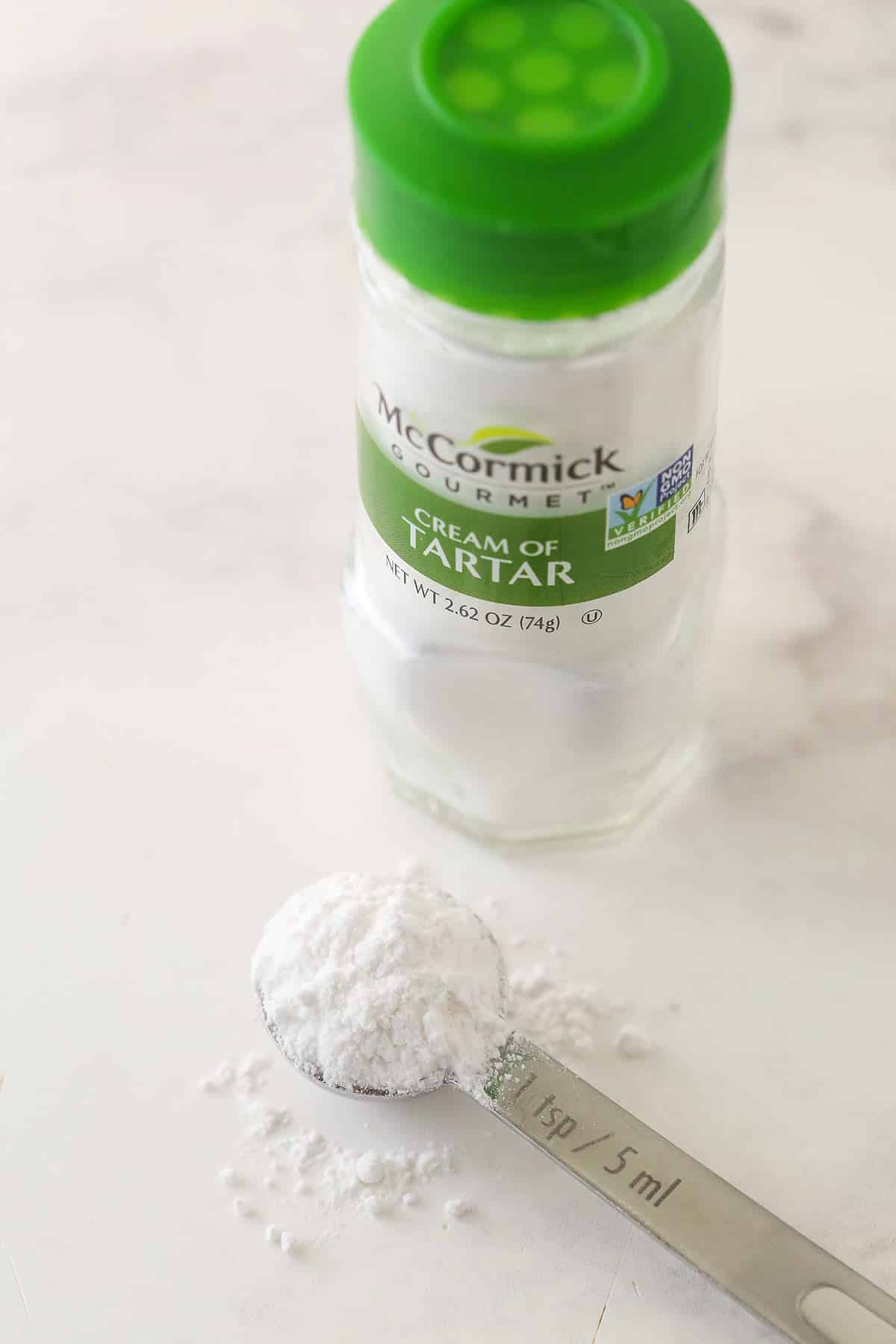
What is Cream of Tartar?
Cream of tartar is a naturally occurring product that derives from the production of wine once it’s poured out of the barrel. It’s an acidic ingredient that doesn’t need to react with anything, but rather makes other ingredients react.
Widely used but under-appreciated, it serves a bunch of purposes in baking, cooking, and even cleaning. Its most common use is the stabilization of egg whites, but it can also be used to keep boiled vegetables brightly colored or whiten collar stains.
Is Cream of Tartar the Same As Baking Powder?
No, it’s not. However, cream of tartar is actually one of the ingredients used to make baking powder. Whereas cream of tartar is mostly used to stabilize egg whites, baking powder is a leavening agent.
What’s The Difference Between Cream of Tartar and Baking Soda?
Baking soda is also referred to as sodium bicarbonate. It’s often used in baking and around the house for cleaning. However, it’s not acidic on its own— unlike cream of tartar. In order to react and fizzle with carbon dioxide bubbles, it needs to interact with an acid like vinegar, buttermilk, or even lemon juice.
On the other hand, cream of tartar is naturally acidic and doesn’t need to interact with anything in particular in order to carry out its function. In fact, it’s often used in recipes along with baking soda to help it rise.
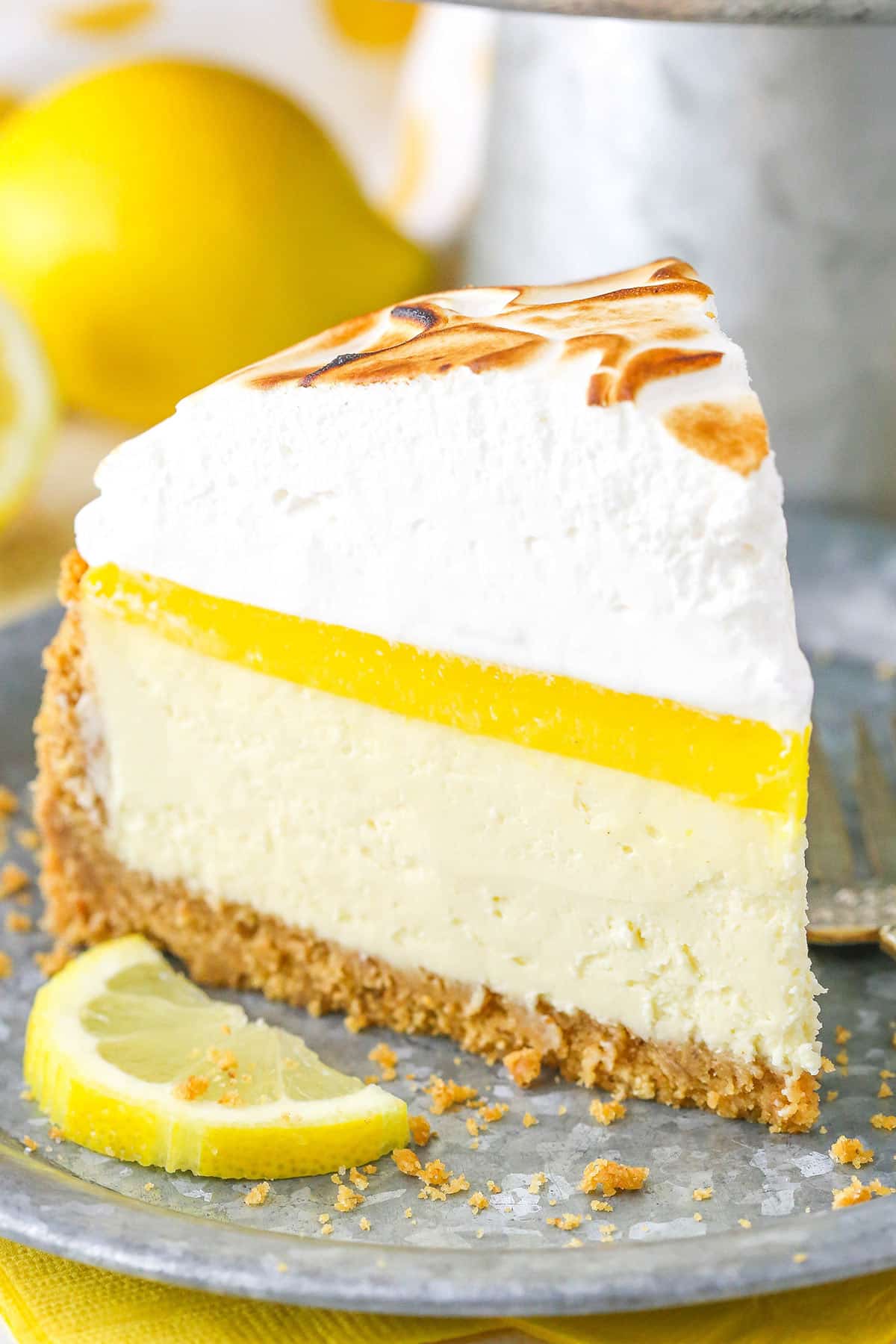
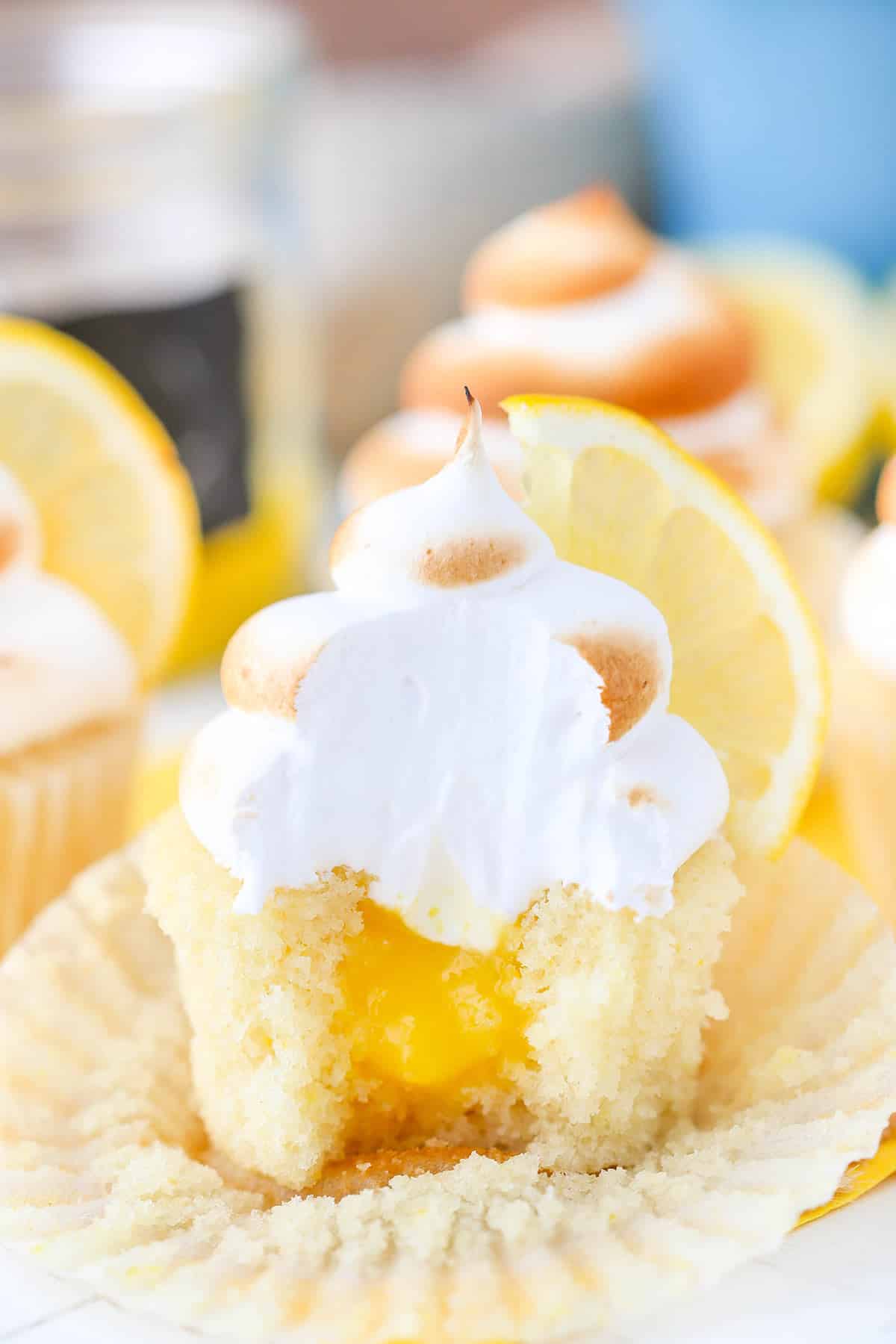
Ways to Use It In Recipes
This ingredient is about more than just making meringue. Here are all the recipes it’s useful for:
- Caramel. Adding a pinch to your homemade caramel can help prevent the crystallization of sugar. What does this mean? A smoother caramel sauce.
- Souffles. It stabilizes the egg whites to help form stiff peaks.
- Royal icing. It also stabilizes the egg whites to help prevent weeping once your cookies are decorated.
- Snickerdoodles. It adds a lovely tang, much like buttermilk.
- Whipped cream. Adding about 1/2 teaspoon of cream of tartar to your whipped cream will stabilize it and help it become extra light and fluffy.
- Boiled veggies. It can be used instead of a pinch of baking soda when boiling veggies to help them retain their bright color.
Other Ways To Use It Around the House
Aside from baking and cooking, there are lots of household uses for it as well.
- Keep the ants away. Sprinkling a bit of cream of tartar along their usual path will help keep them away. Remember, they’ll avoid anything acidic.
- Clean your pans. Making a 1:1 mixture of cream of tartar and white vinegar and scrubbing it into your pans should remove even the toughest stains.
- Whiten clothes. Make a lemon juice and cream of tartar paste and rub it onto pre-moistened, stained collars and armpits. Use a toothbrush to gently brush the mixture into the fabric. Throw your clothes into the laundry as usual.
- Clean stainless steel. Make a paste with cream of tartar and hydrogen peroxide. Rub it into your stained stainless steel pots. Let it rest for 10 minutes and then scrub and rinse off the paste.
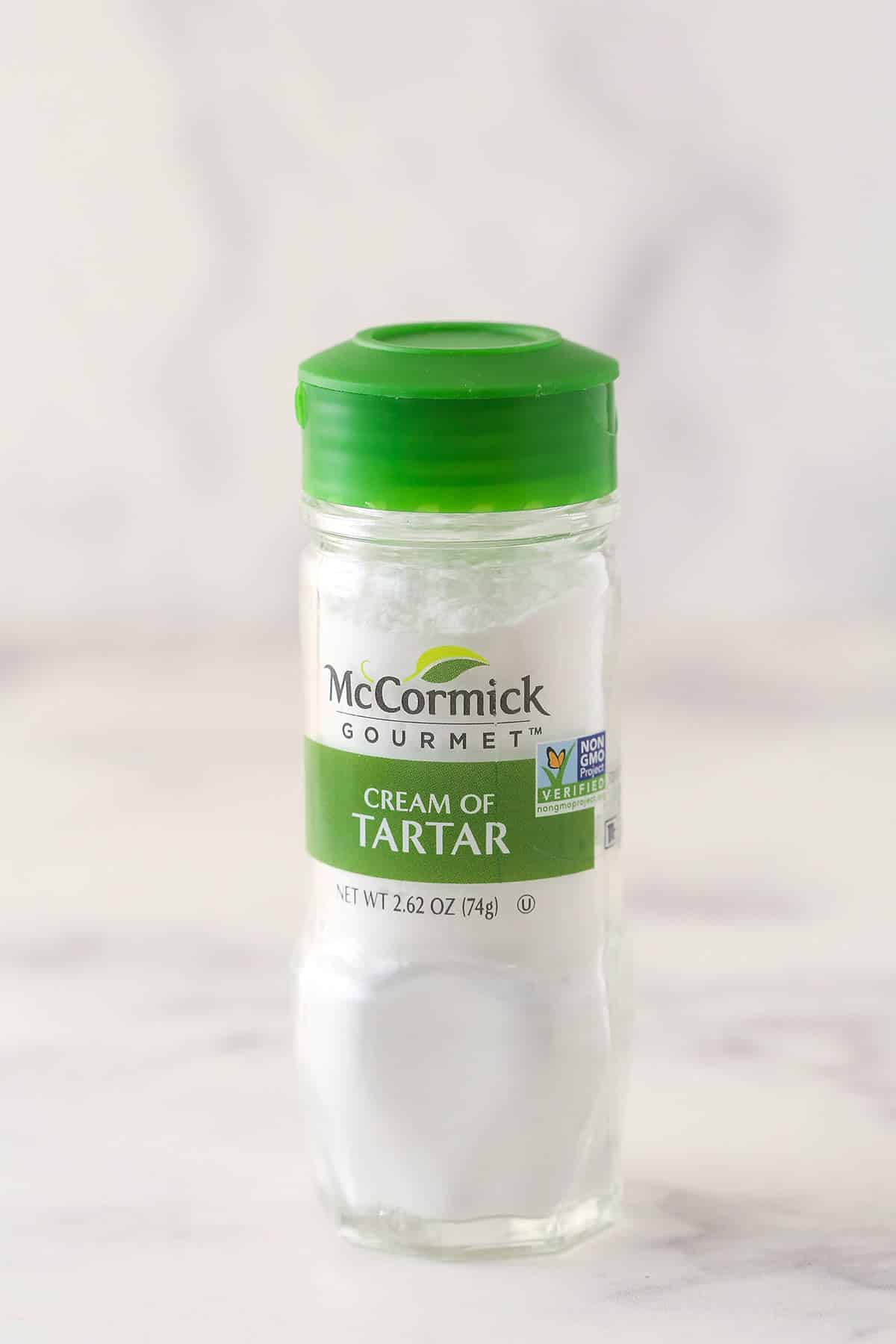
Cream of Tartar Substitutions
Depending on the type of recipe, you can use lemon juice, white vinegar, or corn syrup.
- Lemon juice. This is used to stabilize egg whites and create stiff peaks without any “weeping”. The lemon juice to tartar ratio is 4:1, so be generous with it. Use it for sweet recipes that call for buttermilk or savory dishes.
- White vinegar. This is also used to stabilize egg whites. The vinegar-cream-of-tartar ratio is 4:1. I only recommend this for savory preparations like cheese souffle, where a bit of tang can be justified.
- Corn syrup. This is used to prevent the crystallization of sugar in sweet preparations like syrups and royal icing. Remove 1/4 of the sugar in the recipe and substitute it for corn syrup while removing the cream of tartar altogether.
- Meringue powder. This will also help stabilize egg whites and sometimes even replace them completely. Just check the package to make sure it has cream of tartar in it.
Proper Storage
It should be kept in a cool, dry place away from any heat, sunlight, or moisture. If it doesn’t come in an airtight container or jar, make sure to make the switch right away.
How long does it last?
Unlike most foods and baking products, it can last well beyond its Best Before date as long as it’s stored properly. Even if the expiration date was 4 years ago, it’s still good to use if it was kept away from moisture, heat, and sunlight.



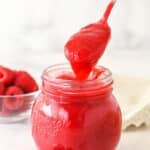


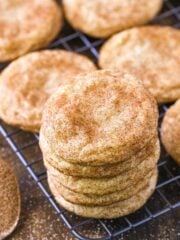



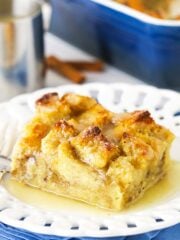

I had no idea! Much rather use it than harsh chemicals to clean. Thank you for the information.
Very interesting. In Spanish we call it Cremor tártaro (or tartaric acid). I only use it to improve the cakes but now that I have read it, I will try it with the meringue. Thank you.
Thank you for this great information! I am going to go scrub a few pans right now!
You are so talented and I always look forward to your emails with such beautiful pictures and tasty recipes!
Thank you so much, Pamela!
Thank you for the information and your recipes
You’re welcome! Glad you enjoy them!